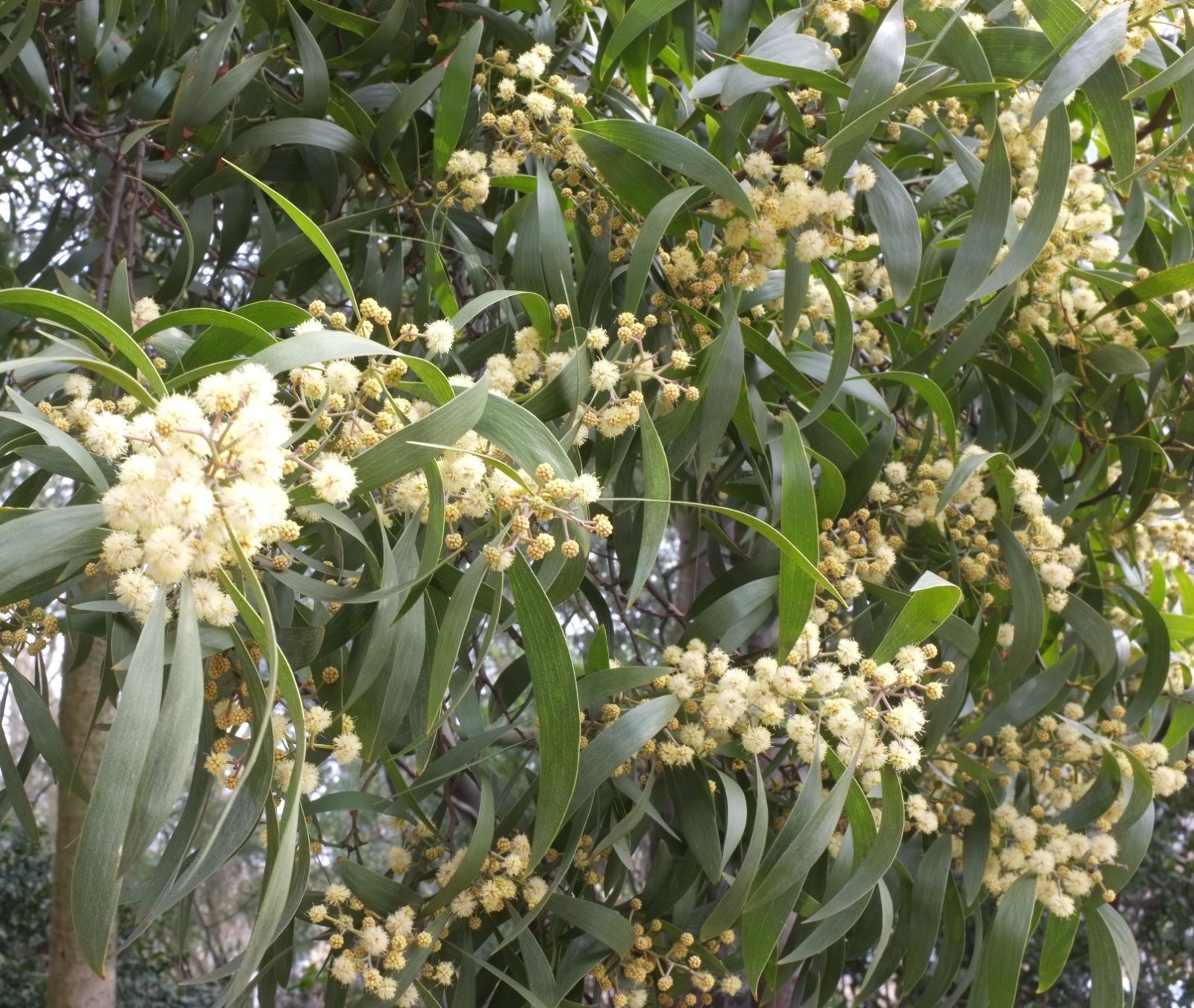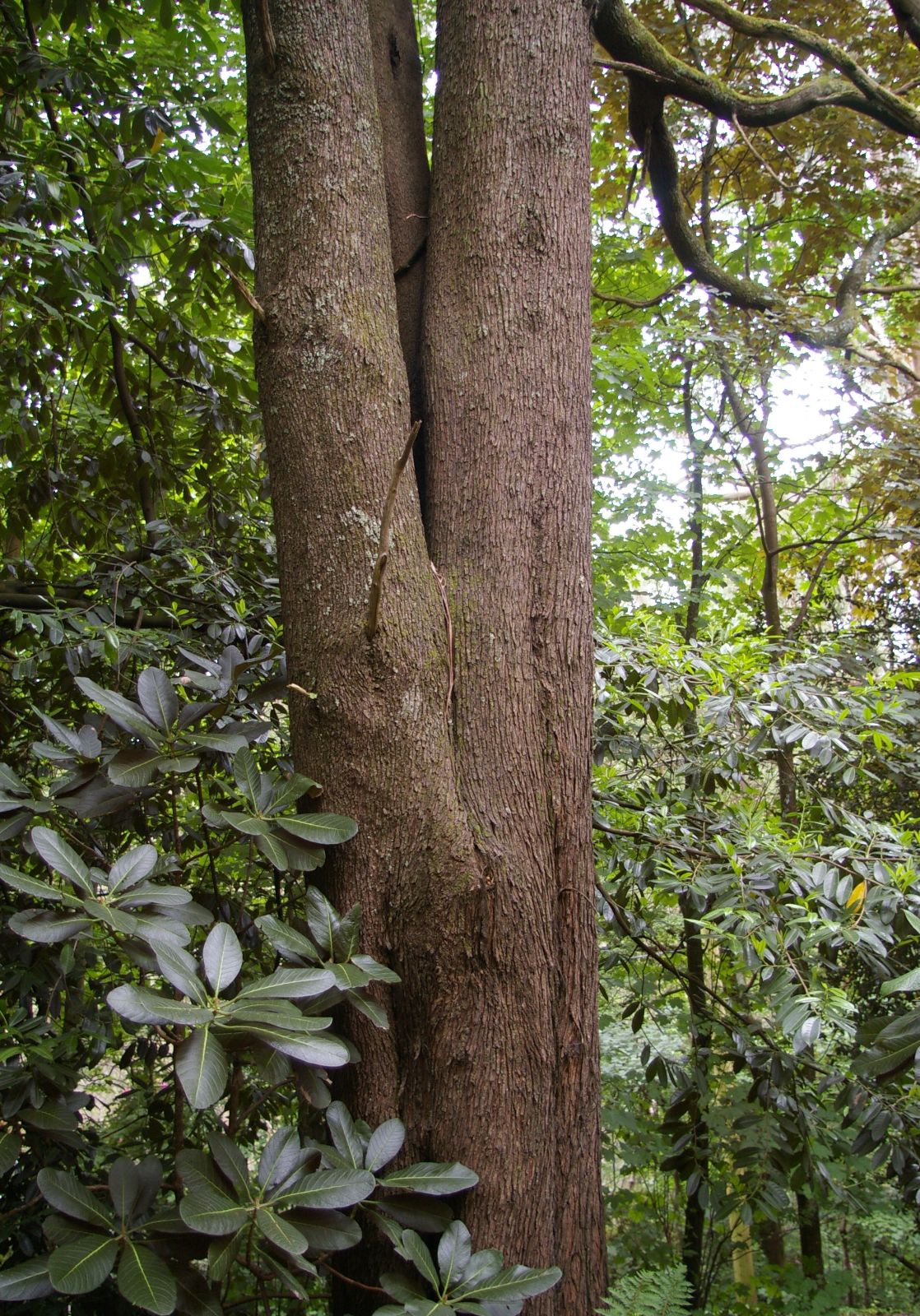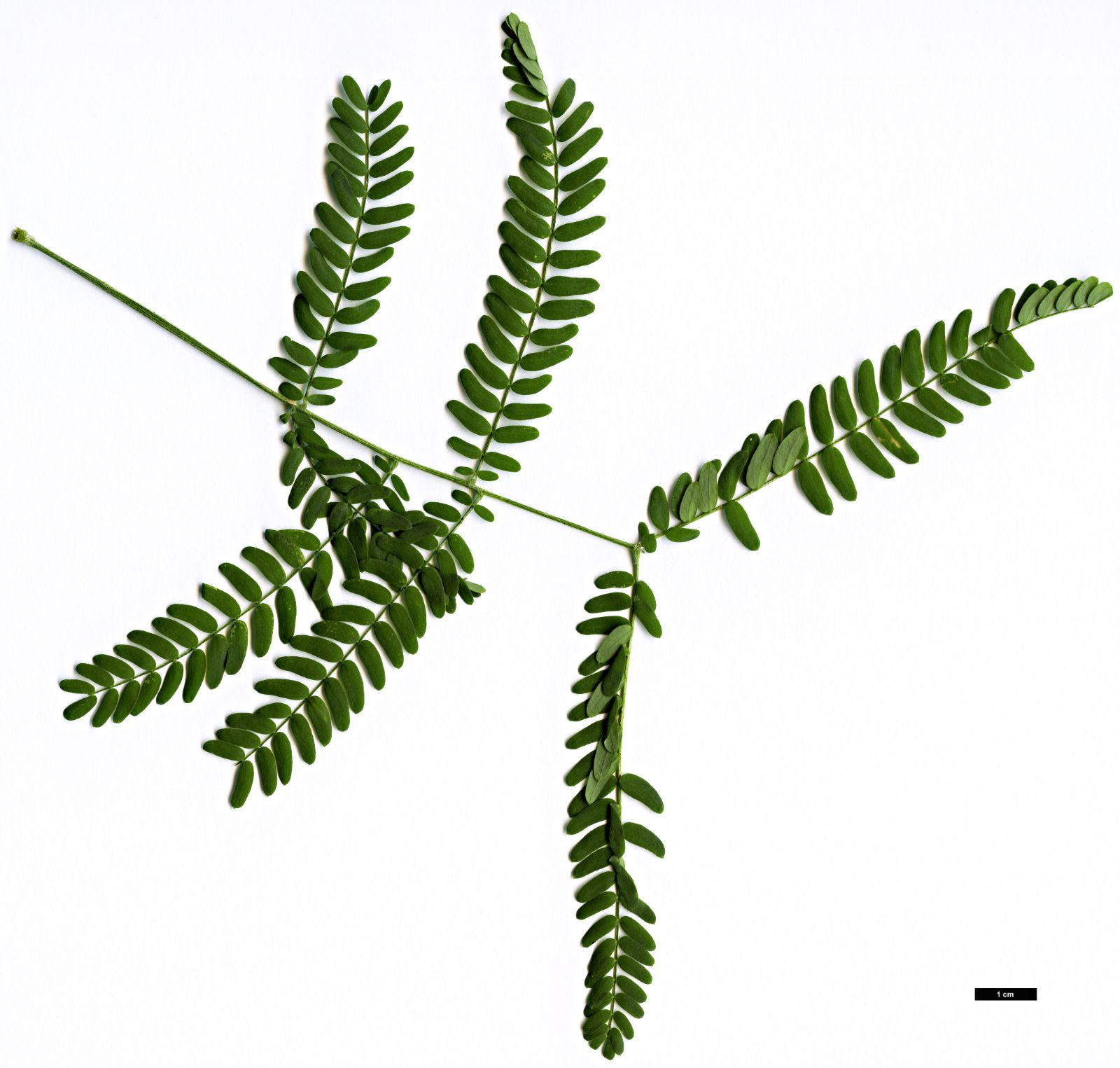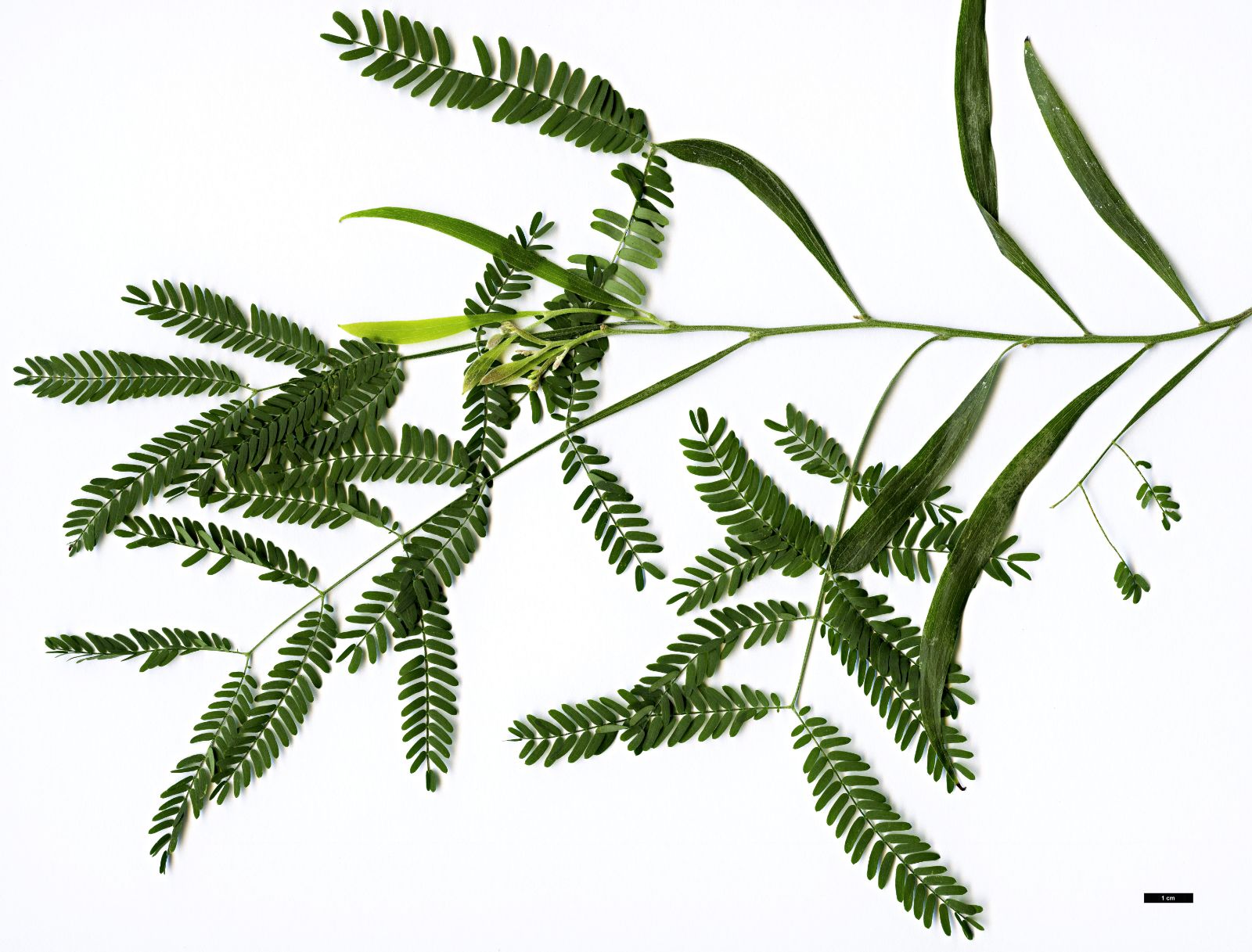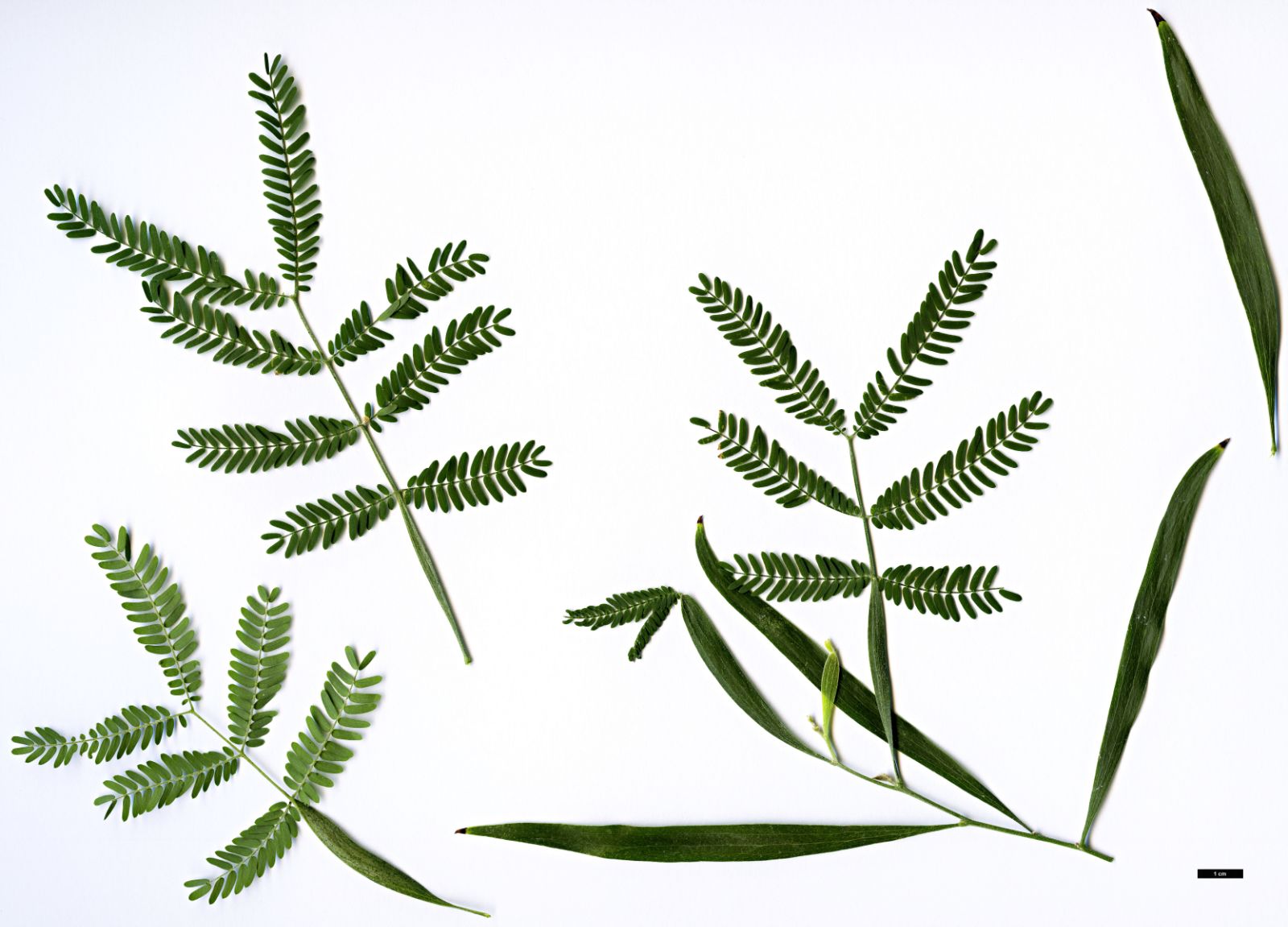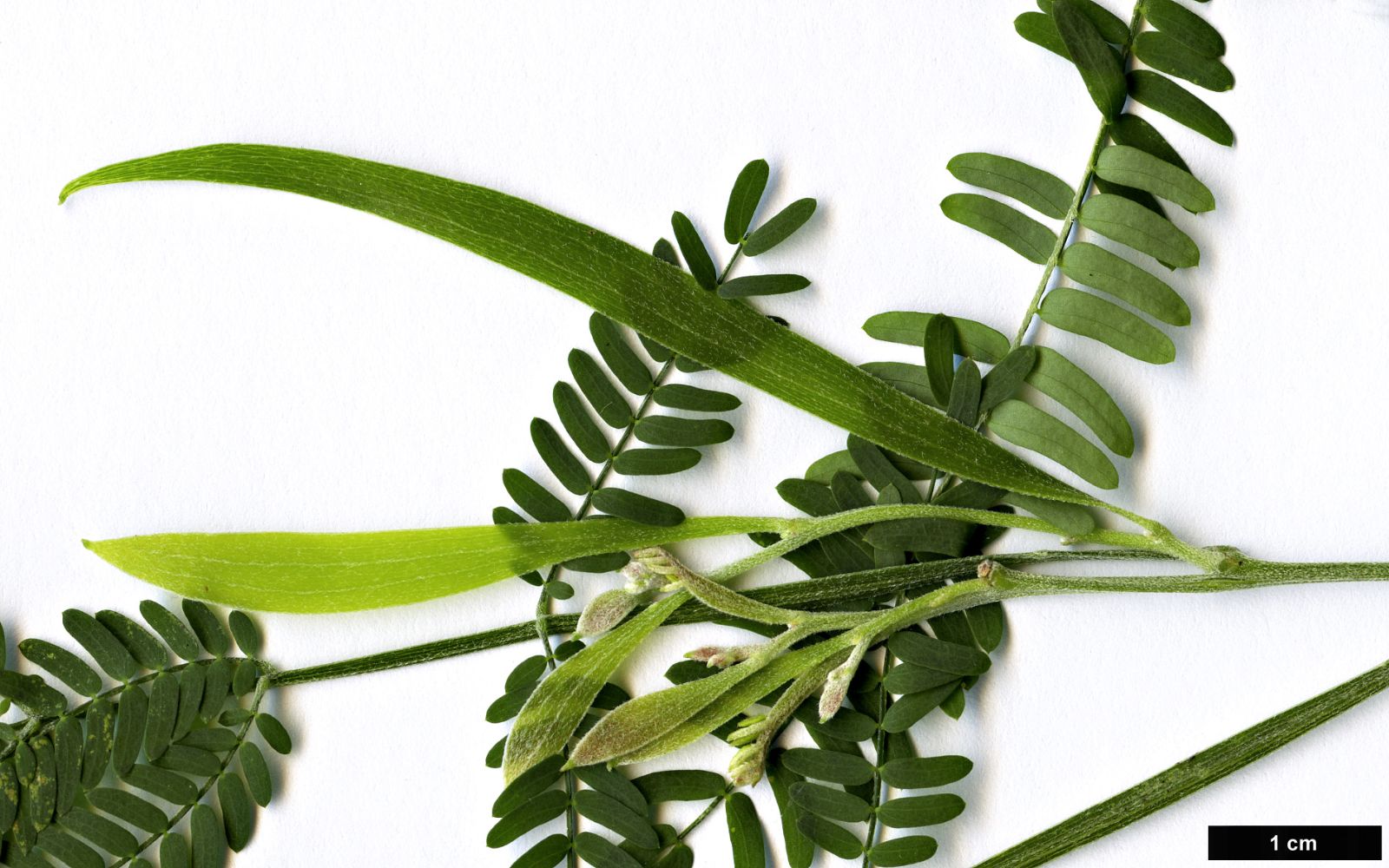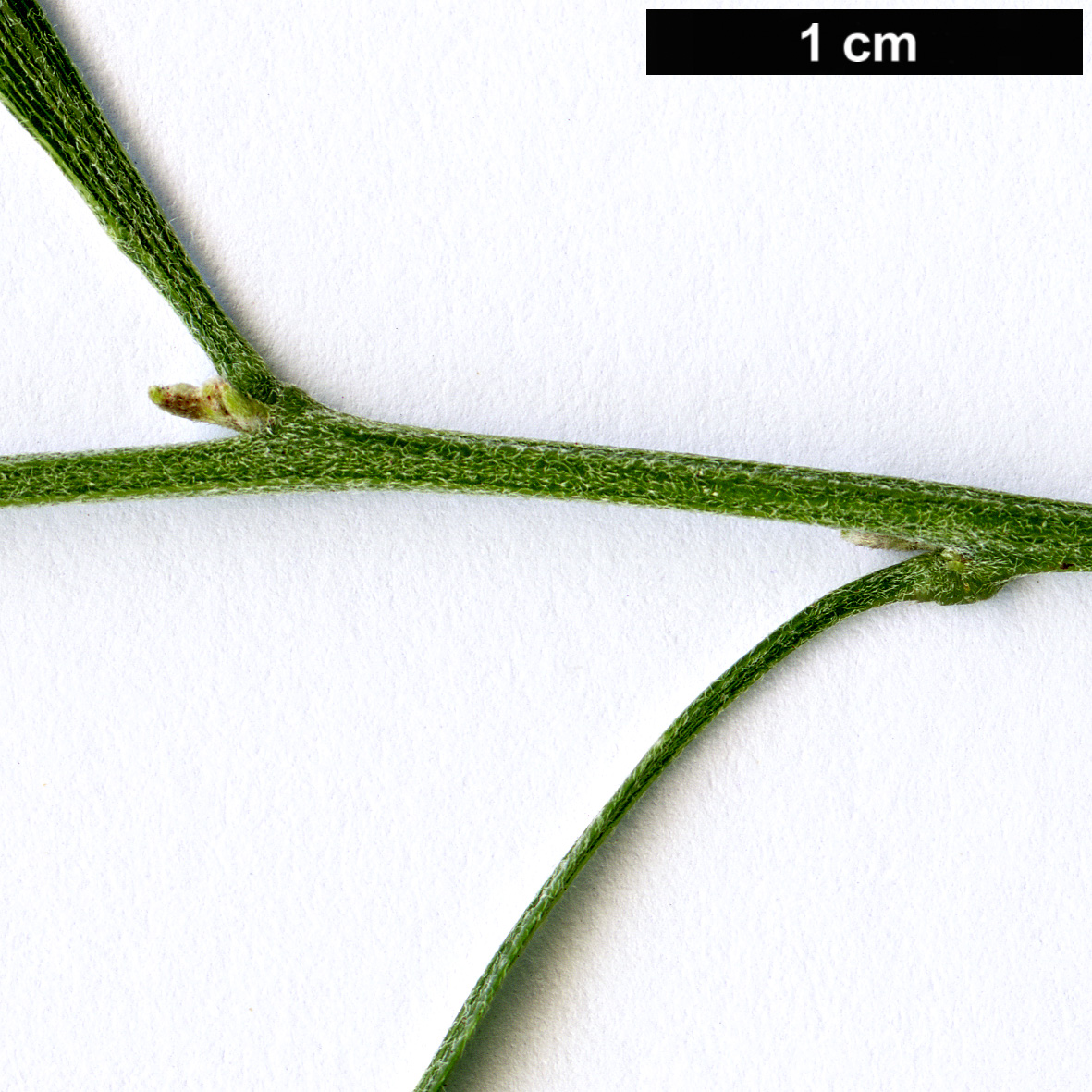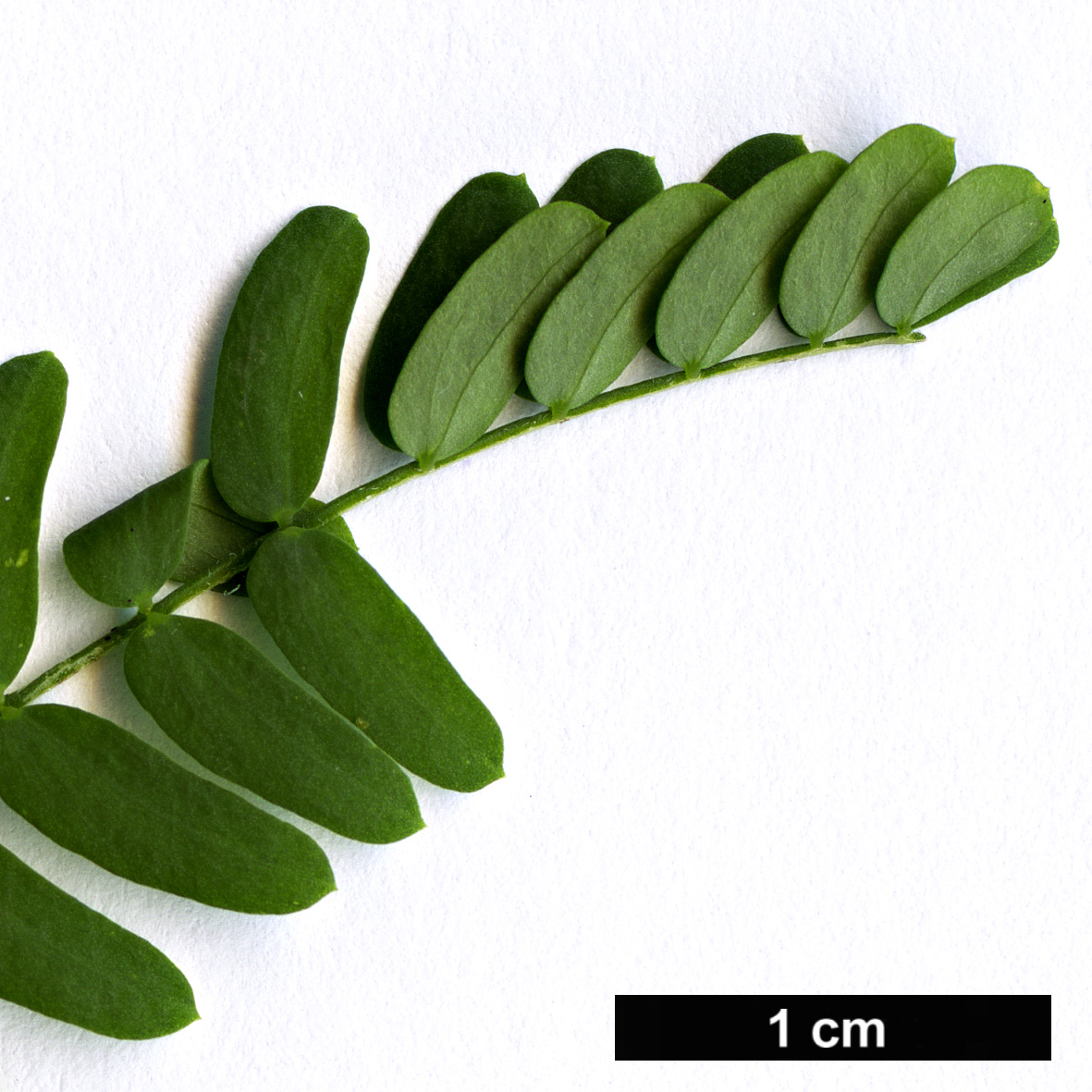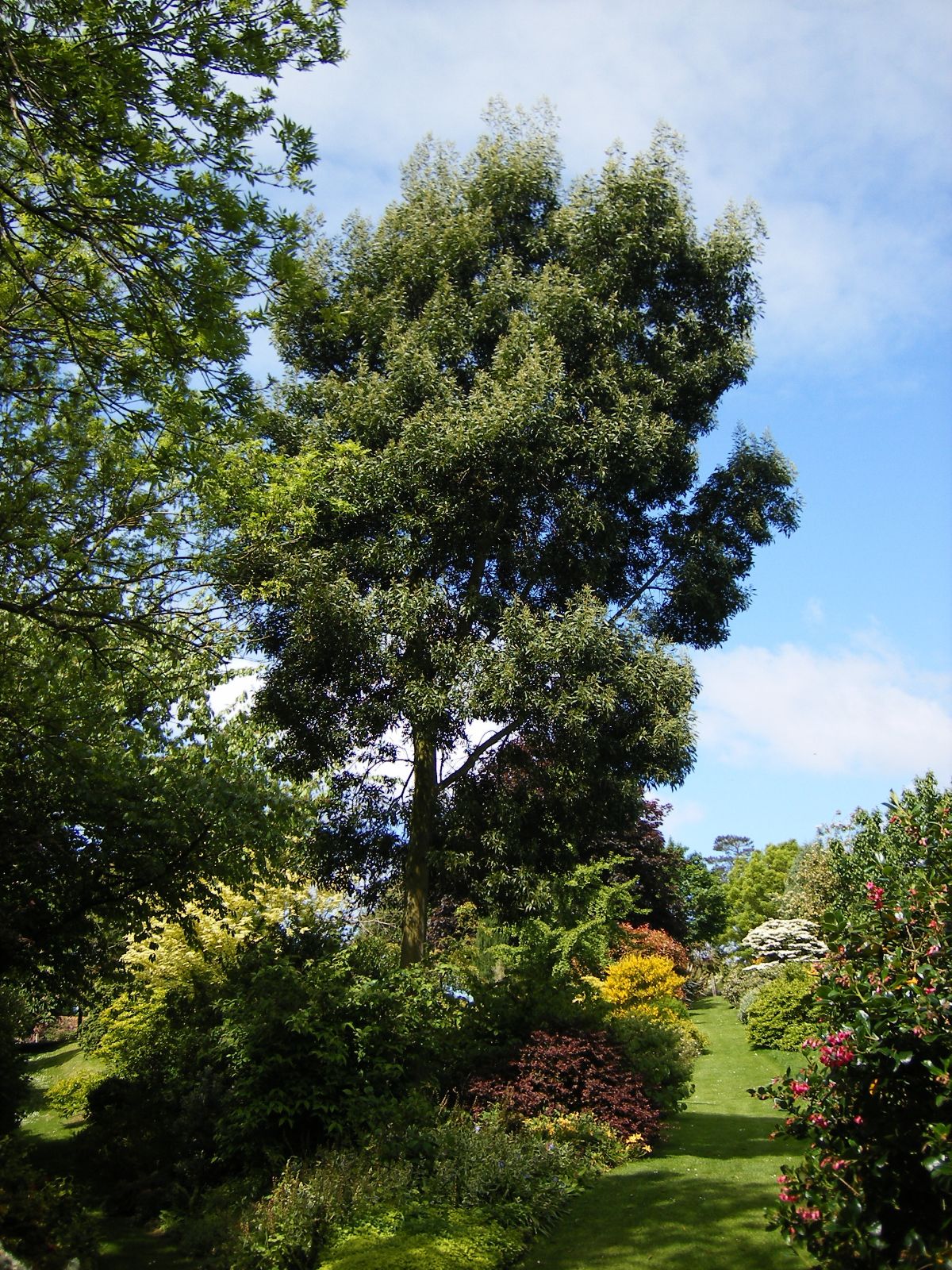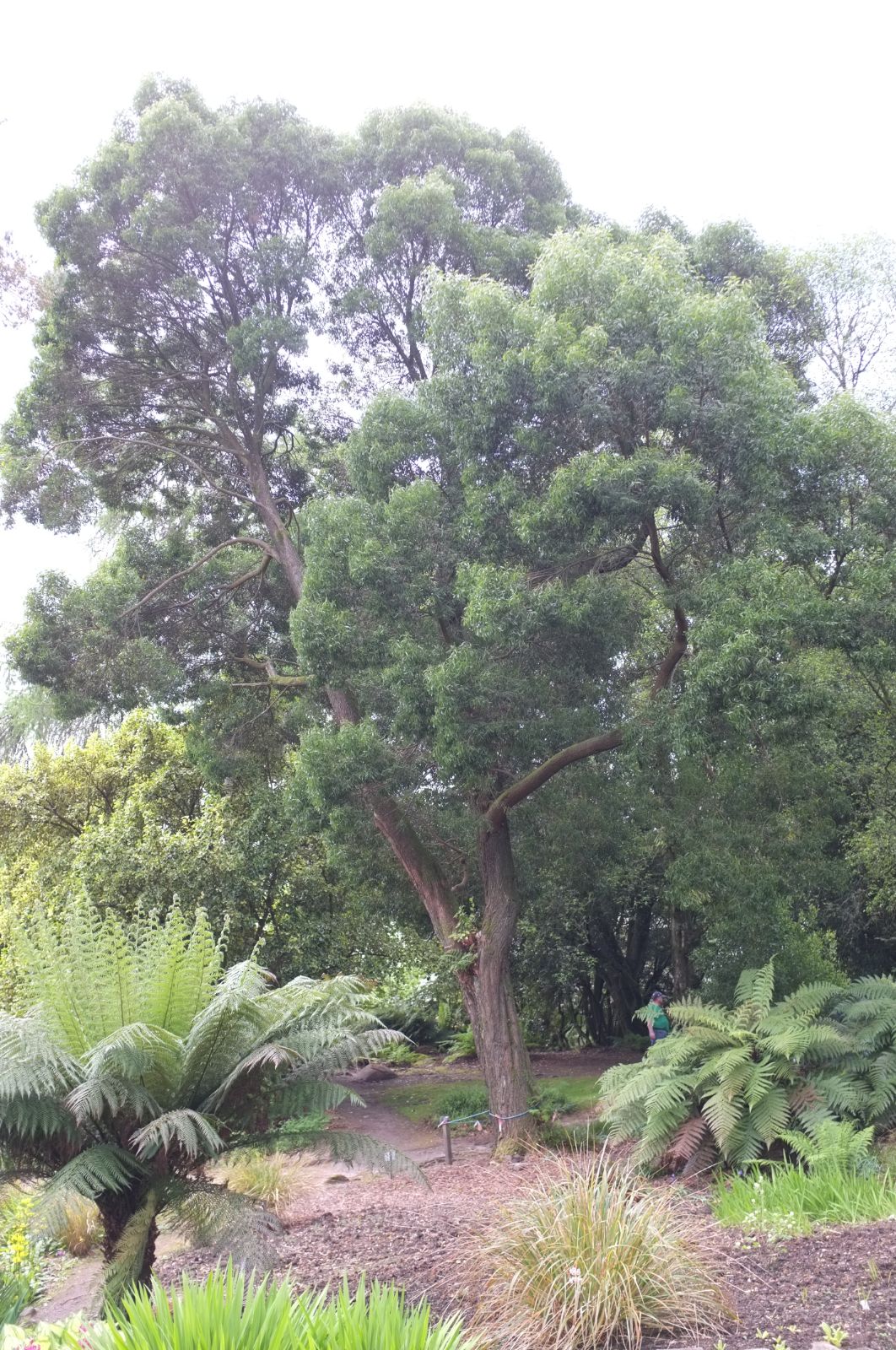Acacia melanoxylon
Credits
Article from Bean's Trees and Shrubs Hardy in the British Isles
Recommended citation
'Acacia melanoxylon' from the website Trees and Shrubs Online (treesandshrubsonline.
Genus
Common Names
- Blackwood
An evergreen tree reaching in a wild state heights of 60 to 80, sometimes 100 to 120 ft; young shoots angular, minutely downy. True leaves are comparatively rarely present on old trees, but in the juvenile state they are quite frequently mixed up with phyllodes. They are doubly pinnate, the leaflets oblong, shortly and abruptly pointed, and 1⁄4 in. long. Phyllodes scimitar-shaped, tapered at both ends; 21⁄2 to 51⁄2 in. long, 3⁄4 to 11⁄8 in. wide; with three to five prominent veins running lengthwise; minutely downy when young. Flowers yellow, produced in spring in globose heads 1⁄4 in. wide; they occur, a few together, in axillary racemes. Pods flat, 2 to 4 in. long, 1⁄3 in. wide, often much curved. Bot. Mag., t. 1659.
Native of Tasmania and the southern parts of Australia; introduced from the former in 1808. It grows quite well in the open air in southern England from Dorset westward, in S.W. Scotland and in Ireland. At Abbotsbury, near Weymouth, it used to be 40 to 50 ft high; at Boslowick in Cornwall it reached 70 ft. At the present time there are no specimens of this size in England, so far as is known, but there are many flourishing trees in Eire. At Rossdohan in Co. Kerry the two best examples are 81 × 73⁄4 and 80 × 6 ft (1966) with others of 50 ft; self-sown seedlings occur there. At Ilnacullin (Garinish Island), in Bantry Bay, Co. Cork, the best is 55 × 6 ft. In Scotland there are two examples at Brodick, Isle of Arran, about 25 ft high.
Although not so decorative in flower as the other acacias described here, it makes the finest tree. It yields a valuable timber, hard and close-grained, and has some value in forestry in the warmer parts of the world. It is naturalised in Madeira, where it is one of the commonest trees around Funchal.

